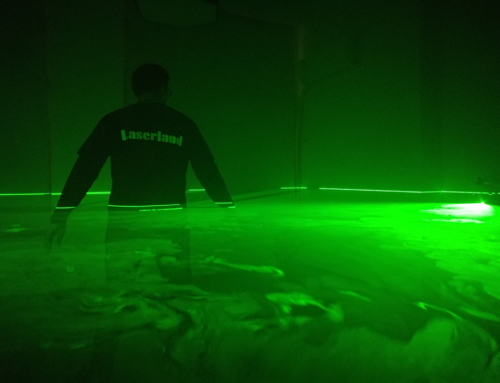A fiber-coupled laser is a type of diode laser in which the resulting light is coupled into a single fiber. In many cases, the output light from a diode laser needs to be coupled into an optical fiber to be able to deliver light where it is needed.
Fiber-coupled diode lasers have several advantages:
- Fiber-coupled lasers can provide stable beam output, and the fiber connection between the laser light source and the optical system can reduce the influence of external interference on the beam. The light emitted from the fiber has a circular, smooth (homogeneous) intensity distribution and symmetrical beam quality, which is very convenient in many cases. For example, producing a circular pump spot for an end-pumped solid-state laser requires less complex optics.
- The laser diode can be removed along with its cooling device, for example from a solid-state laser head, which can be more compact and leave more space for other parts here.
- Defective fiber-coupled diode lasers can be easily replaced without changing the alignment of the device using light.
- Fiber-coupled lasers can flexibly transmit the laser beam to the desired location by bending and lengthening the fiber. Not only that, but fiber-coupled devices can be easily combined with other fiber optic components. At the same time, fiber-coupled lasers also have the advantages of long life, flexible use, high optical output power, and wide laser wavelength.
Of course, there are some disadvantages to fiber-coupled lasers:
1.Higher cost. However, this may be offset by the savings that come with simpler beam handling and delivery.
2.The output power is slightly reduced, and more importantly, the brightness loss may be large or quite small, depending on the fiber coupling technology
3.In most cases (especially multimode fibers), the fiber is not polarized. The fiber output is usually partially polarized, and the polarization state changes when the fiber moves or the temperature changes.





